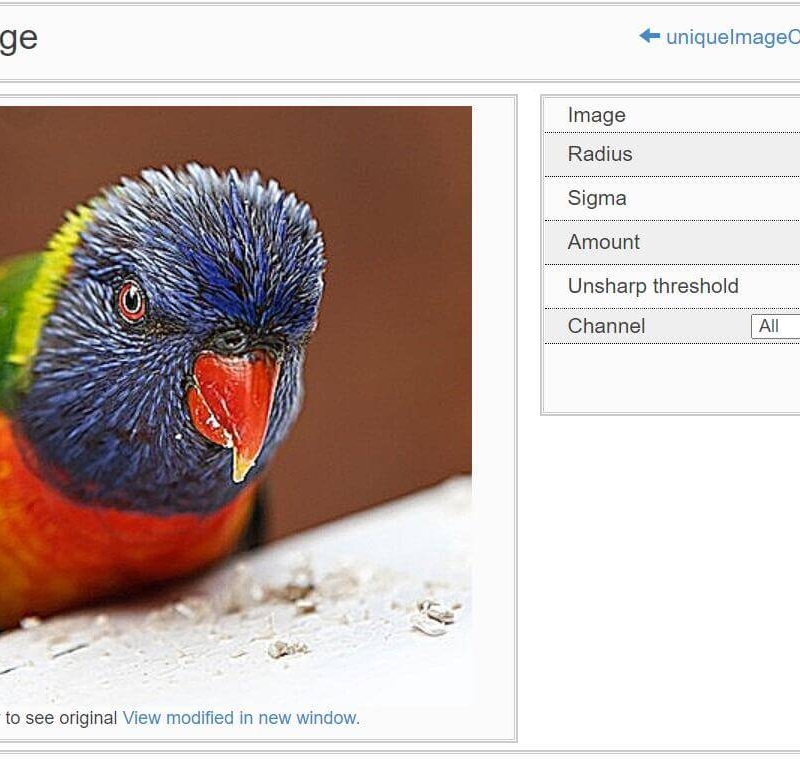按需要生成图片缩略图(第二次更新)
编程必须要依据其手册进行,研究WordPress也必然要学习它的技术文档。虽然Google可以解决很多的方法,但Google出来的方法,其作者可能并没有依据技术文档进行改写,仍然在语法,或者函数的使用上面更多的只是凭借其作者的经验进行。
接上次的文章按需要生成图片缩略图(更新),在细细查询,并理解了WordPress的技术文档后,其实很多的语法和函数,都可以直接调用WordPress本身已经存在的函数,这样可以最大可能遵循原来WordPress编写的逻辑,这样最大的好处是:
- 在后期WordPress新版本更新,保证了兼容性,降低出错的可能
- 直接调用本身的函数,数据执行效率提高
- 保持数据输入输出与原逻辑一致
- 减少使用外部函数,减少安全风险
- 后期更容易维护和迭代
在使用WordPress中,按实际需要来生成想要的图片缩略图,下面结合上面的逻辑,第二次更新了代码,发现执行效率更高,也保持了与原数据的同步。
function cq_the_post_thumbnail( $size ) {
// Declaration
global $_wp_additional_image_sizes;
$width = $height = 0;
$crop = false;
if ( in_array( $size, array( 'thumbnail', 'medium', 'medium_large', 'large' ) ) ) {
$width = get_option( $size . '_size_w' );
$height = get_option( $size . '_size_h' );
$crop = (bool) get_option( $size . '_crop' );
} elseif ( isset( $_wp_additional_image_sizes ) && isset( $_wp_additional_image_sizes[ $size ] ) ) {
$width = (int)$_wp_additional_image_sizes[ $size ]['width'];
$height = (int)$_wp_additional_image_sizes[ $size ]['height'];
$crop = isset( $_wp_additional_image_sizes[ $size ]['crop'] ) ? $_wp_additional_image_sizes[ $size ]['crop'] : false;
} else {
return false;
}
if ( 0 === absint( $width ) && 0 === absint( $height ) ) {
return false;
}
$first_img_url = cq_get_first_image(); // get the first image from post content
if ( $first_img_url ) {
$attach_id = attachment_url_to_postid( $first_img_url );
$meta = wp_get_attachment_metadata( $attach_id );
} elseif ( get_the_ID() ) {
$attach_id = get_post_thumbnail_id( get_the_ID() );
$meta = wp_get_attachment_metadata( $attach_id );
} else {
return false;
}
if ( is_array( $meta ) && isset( $meta['sizes'][$size] ) ) {
$intermediate = image_get_intermediate_size( $attach_id, $size );
$img_url = wp_get_attachment_url( $attach_id );
$img_url_basename = wp_basename( $img_url );
$img_url = str_replace( $img_url_basename, $intermediate['file'], $img_url );
$result_width = $intermediate['width'];
$result_height = $intermediate['height'];
$cq_image = array (
'url' => $img_url,
'width' => $result_width,
'height' => $result_height,
'mime-type' => get_post_mime_type( $attach_id ),
);
return $cq_image;
} else {
$attachment_path = get_attached_file( $attach_id );
$image_editor = wp_get_image_editor( $attachment_path );
if ( ! is_wp_error( $image_editor ) ) {
$image_editor->set_quality(100);
$image_editor->resize( $width, $height, $crop );
$new_img = $image_editor->get_size();
$suffix = $image_editor->get_suffix();
$new_width = $new_img['width'];
$new_height = $new_img['height'];
$filename = $image_editor->generate_filename( $suffix );
$image_editor->save( $filename );
$new_filename = wp_basename( $filename );
$meta['sizes'][ $size ] = array(
'file' => $new_filename,
'width' => $new_width,
'height' => $new_height,
'mime-type' => get_post_mime_type( $attach_id ),
);
wp_update_attachment_metadata( $attach_id, $meta );
$img_url = wp_get_attachment_url( $attach_id );
$img_url_basename = wp_basename( $img_url );
$size_img_url = str_replace( $img_url_basename, $new_filename, $img_url );
$cq_image = array (
'url' => $size_img_url,
'width' => $new_img['width'],
'height' => $new_img['height'],
'mime-type' => get_post_mime_type( $attach_id ),
);
return $cq_image;
} else {
return false;
}
}
}使用方法没有改变,仍然使用如下代码
* Example use:
*
* $image = cq_the_post_thumbnail( 'image_size' );
* <img src="<?php echo $image['url']; ?>" width="<?php echo $image['width']; ?>" height="<?php echo $image['height']; ?>" alt="" />
*
* image_size = 'thumbnail', 'medium', 'medium_large', 'large', or added by add_image_size()完毕

 使用PHP扩展Imagick解决WordPress缩略图不清晰的问题
使用PHP扩展Imagick解决WordPress缩略图不清晰的问题  按需要生成图片缩略图(更新)
按需要生成图片缩略图(更新)
Leave a Reply
You must be logged in to post a comment.